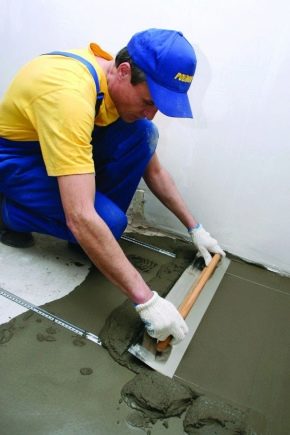Therefore a suitable type of cement shall be selected and sand needs to be free of deleterious materials.
How to lay a sand and cement floor screed.
Then combine the screed mix with water so it s the consistency of paint.
1 tonne of flooring grit or sharp sand mixed at 4 sand to 1 cement will cover approximately 15 square metres of floor when laid at 40mm thick.
Laying a level floor screed over a large area is difficult and to do so by eye requires years of experience.
The slabs are laid on a base of sand mixed with cement.
40mm traditional sand and cement screed.
A traditional sand and cement screed is normally a 1 4 or a 1 3.
Once they are leveled fill in the strips one at a time until the entire floor is covered in screed.
3 coarse aggregate 10 mm maximum aggregate size should be considered if the floor screed thickness is greater than 40mm.
Laying on wet sand with cement.
Unbonded sand and cement screed minimum thickness.
The minimum sand and cement screed thickness would be 40mm as defined by the british standard.
It also allows to lay the slabs straight on the floor screed avoiding the high costs of the levelling screed arrangements.
3 sands or 1 portland cement.
This technique guarantees the slabs long term stability and their vehicle accessibility.
Added to that cement type grade of aggregate and the method of storage of screed material influence the mix ratio to a certain extent.
However there is an easier way and this is where the word screed.
Mix ratio of sand and cement screed for floor varies based on the intended use of the screed.
Laying onto a substrate with a separating membrane on the minimums are as follows.
If the thickness of the floor screed does not exceed 40mm then the recommended mix is 1 portland cement.
So this is how i make my floor screed a 4 to 1 mix with little water mixing the floor screed slow and not over mixing the sand and cement will keep it at a.

